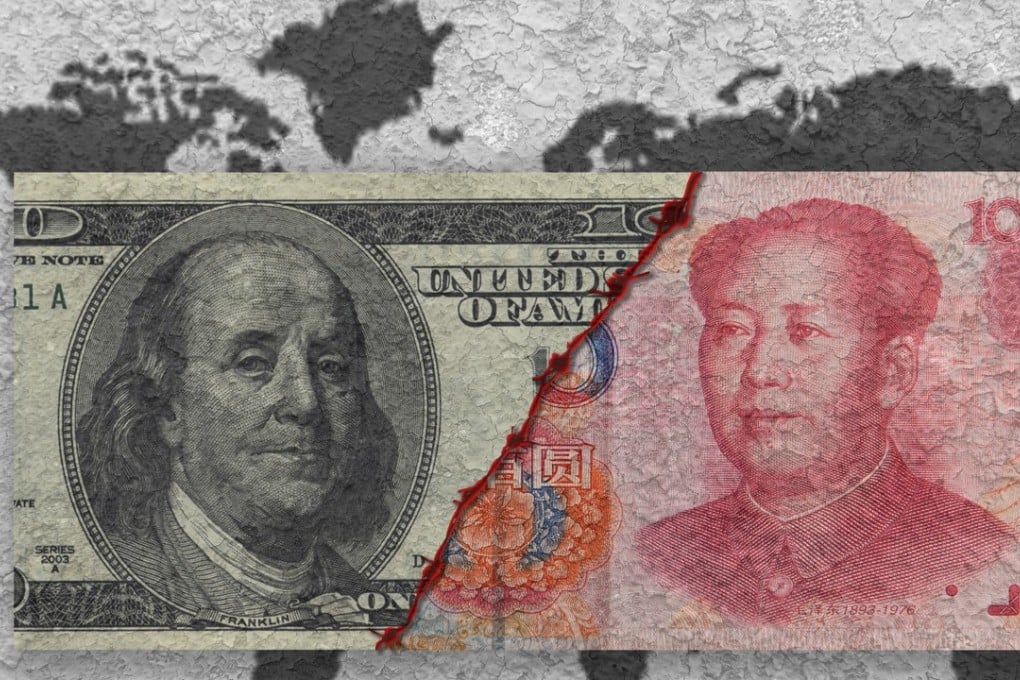RMB internationalisation: currency to grow in stature as China implements initiative
As China pushes forward with its global trade and economic initiative, the yuan can provide a strong alternative currency in belt and road economies

Much has been said about the infrastructure projects that are key components of Beijing’s global trade and economic strategy, the “Belt and Road Initiative”.
Nonetheless, a crucial piece of the jigsaw puzzle is the internationalisation of the renminbi, allowing emerging markets an important alternative when it comes to currency investment and hedging.
In October last year, the yuan joined the International Monetary Fund’s reserve currencies basket, marking the growing significance of the currency on the global stage.
However, overseas investors are reluctant to increase their yuan holdings, largely because of capital controls and currency interventions. They are put off by the difficulties in repatriating the capital from within China.
China has faced substantial capital outflow pressure since its exchange rate reform in August 2015, triggering Beijing to impose tight capital controls.

Still, it is vital for China to make the yuan a global currency in belt and road economies. The trade in oil and gas between China and Russia is settled in renminbi. As the world’s second largest economy, China has an insatiable appetite for energy and minerals, and can take advantage of this to promote yuan pricing and settlement with other belt and road economies.
